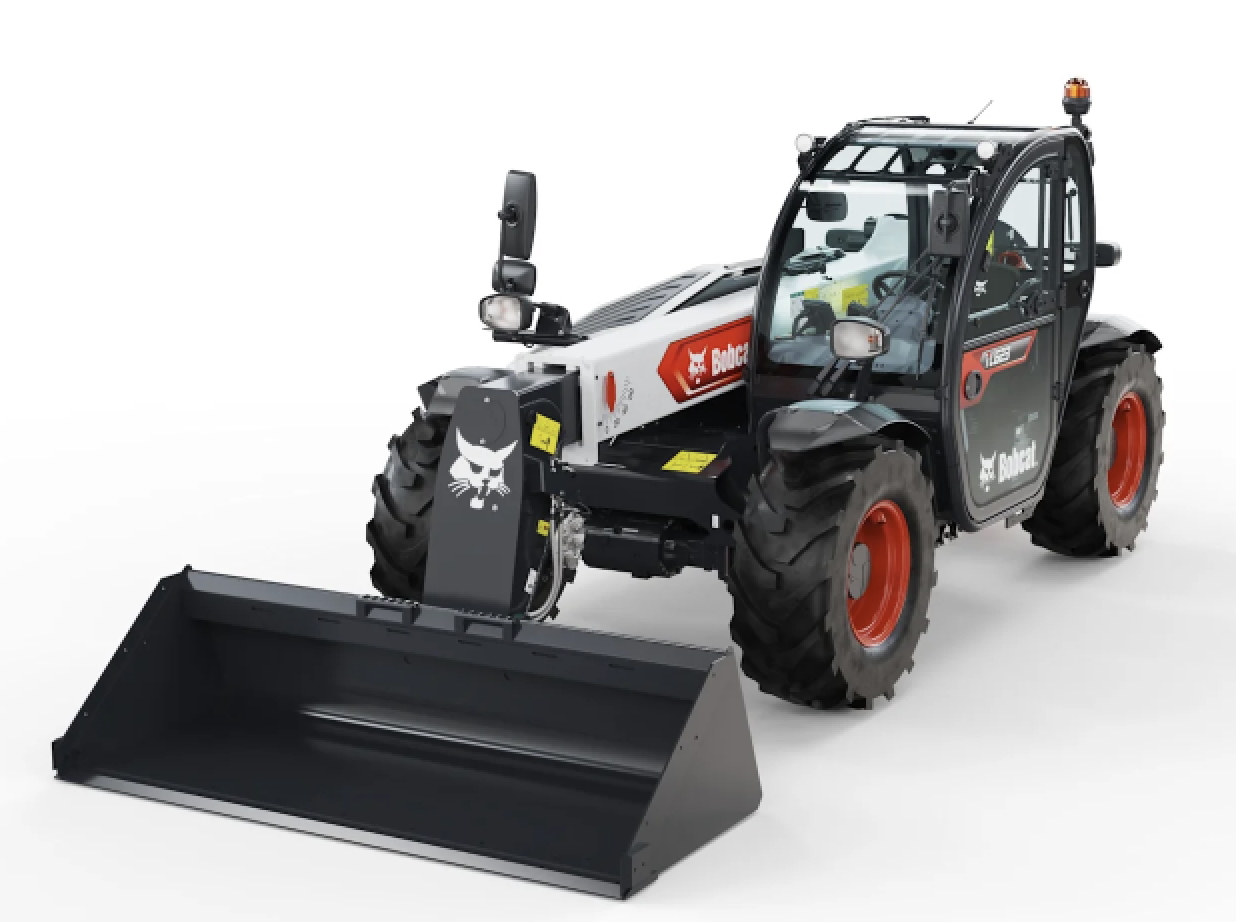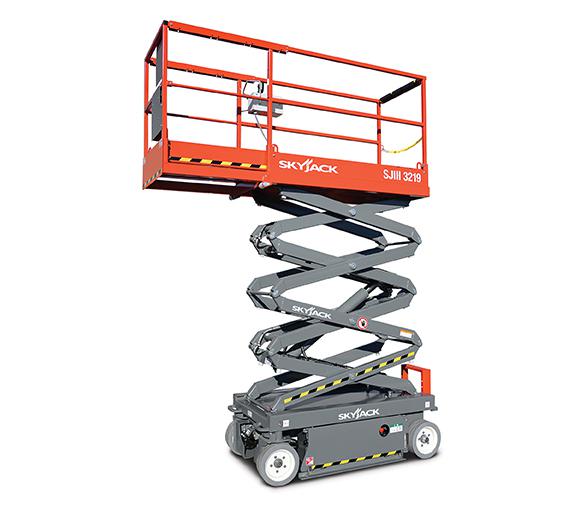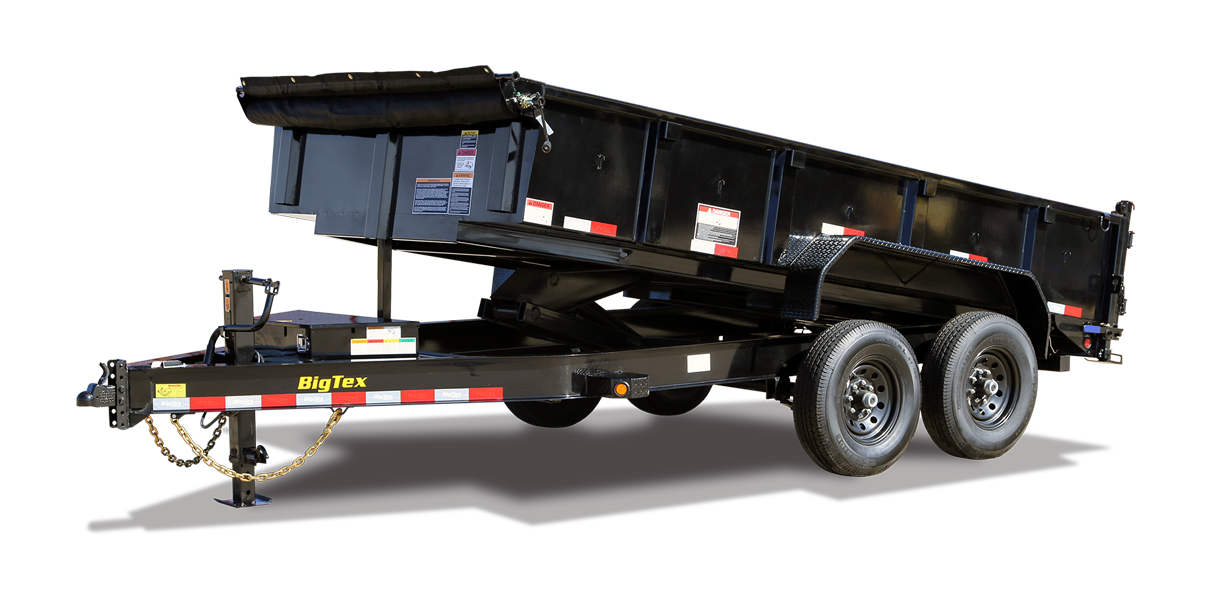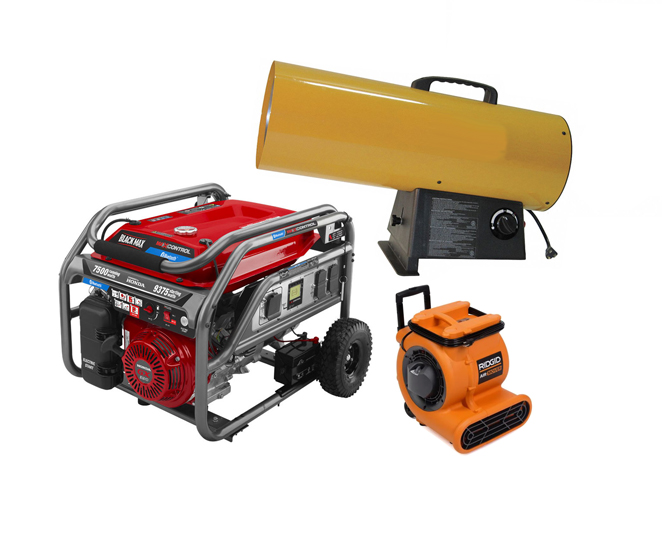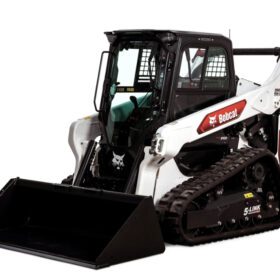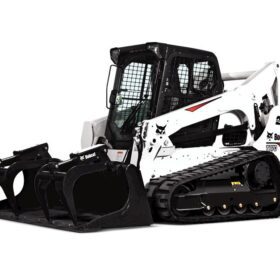- We offer equipment rental in the greater Charlotte area
- 980-298-7892
- Mon - Sat 8.00AM - 6.00PM

Skid steer / Bobcat
Your search results: 5
Compact Skid Steer, Bobcat T66
- $339.00 / Day
- $1,099.00 / Week
- $3,099.00 / Month
- Price for delivery: 1000
- Type Vehicles: Skid Steer
- Type: Skid steer / Bobcat
- Drive Type: Wheels
- Fuel Type: Diesel
- Operating Weight: 8927lb
- Model: T66
- Manufacture Year: 2023
- Brand: Bobcat
- Walking Speed: 10.2mph
Total rental price
Excl. taxes
$339.00
Compact Track Loader, ASV RT-25
- $280.00 / Day
- $840.00 / Week
- $2,490.00 / Month
- Type Vehicles: Track Loader
- Type: Skid steer / Bobcat, Mini skid steer / Dingo
- Operating Weight: 3755lb
- Model: RT-25
- Brand: ASV
- Walking Speed: 5.1mph
Total rental price
Excl. taxes
$280.00
Compact Skid Steer, Bobcat T770
- $359.00 / Day
- $1,149.00 / Week
- $3,125.00 / Month
- Type Vehicles: Skid Steer
- Type: Skid steer / Bobcat
- Operating Weight: 10,515lb
- Model: T770
- Brand: Bobcat
- Walking Speed: 10.7mph
Total rental price
Excl. taxes
$359.00
Compact Track Loaders, CAT 289D3
- $359.00 / Day
- $1,149.00 / Week
- $3,125.00 / Month
- Type Vehicles: Track Loader
- Type: Skid steer / Bobcat
- Operating Weight: 10,688lb
- Model: 289D3
- Brand: CATerpillar
- Walking Speed: 10.2mph
Total rental price
Excl. taxes
$359.00
Track Loader, Wacker Neuson ST31
- $310.00 / Day
- $950.00 / Week
- $2,899.00 / Month
- Price per day: 310
- Price per week: 950
- Price per month: 2899
- Attached File (PDF): WackerNeuson-ST31-en
- Type Vehicles: Track Loader
- Type: Skid steer / Bobcat
- Operating Weight: 8095lb
- Model: ST31
- Digging Depth: 10ft
- Brand: Wacker Neuson
- Walking Speed: 10mph
Total rental price
Excl. taxes
$310.00
How Much Does It Cost To Rent A Skid Steer
Renting a skid steer typically costs between $100 and $400 per day, depending on the size and capabilities of the loader. Mini skid steers less than 1,500 lbs rent for around $100-$150 per day. Larger standard skid steers from 1,500-3,000 lbs rent for $150-$250 per day. Heavy-duty high capacity skid steers rent for $250-$400 per day. Weeklong and monthly rates are usually available as well, which brings down the daily costs. Expect to pay $600-$1,200 per week and $1,500-$3,500 per month for most mid-sized loader rentals. Usage hours and wear and tear fees may apply for longer term rentals.What Size Skid Steer To Use For Efficient Operation
Choosing the right sized skid steer loader for the job is critical for safe and efficient operation. Consider the size of the working area, terrain, required attachments, capacity for materials, and operator skill level when selecting a loader. Mini skid steers with up to 1,500 lb capacity are ideal for accessing tight spaces and small jobsites with firm ground. They use less fuel and are easier to transport. However, their lift capacity is much lower. Standard skid steers from 1,500-3,000 lbs offer greater stability, lift higher loads, accept more attachments, and can traverse rougher terrain. But they require more space to maneuver. For heavy duty material handling, high lift projects, or operating in muddy conditions, larger high capacity skid steers over 3,000 lbs are required. Ensure the operator is properly trained.Advantages Of Renting A Skid Steer
Renting offers many advantages over buying for occasional skid steer users:- Lower Costs: Rental fees are less expensive than full machine purchase or lease costs. No maintenance or storage fees either.
- Access to Newer Models: Rental fleet inventories turn over quickly providing access to the latest loader models with advanced features.
- Flexible Terms: Rent for only the required duration whether that’s a day, week or month. No long term commitments.
- Variety of Equipment: Choose from mini, standard or high capacity skid steers along with specialized attachment options.
- Operator Training: Many rental centers offer operator safety and machine handling instruction when providing equipment.
How To Rent A Skid Steer Loader On Next Level Rental
Renting a skid steer is easy with just a few steps to get started:- Define Job Requirements: Determine required lift capacity, attachments needed, jobsite access constraints, operating hours needed and operator skill level.
- Check Rental Company Inventory: Search for rental centers in your region with comparable skid steer models available. Compare daily and weekly rates.
- Reserve Your Rental: Call ahead or book online to reserve the skid steer with required dates and attachments. Arrange delivery if needed.
- Transport and Operate: Review safety procedures and machine controls. Securely transport the equipment. Use properly and safely.
- Return and Check-In: Clean attachments, refuel (if required), and haul back to rental facility. Review rental terms and final billing.
FAQ
What Types of Jobs is a Skid Steer Loader Best Suited For
With over 200 compatible attachments available, skid steer loaders are extremely versatile machines suitable for numerous job sites and applications, including:- Excavation and Trenching - Their compact size is perfect for digging trenches, backfilling holes or excavating and moving dirt and materials in tight spaces. Just add an excavation bucket or trencher attachment.
- Landscaping - Skid steers efficiently handle all stages of the landscaping process from removing vegetation, hauling materials, raking and grading to planting trees and laying sod using specialized attachments.
- Snow Removal - Pickup broom, snow pusher and snow blower attachments make quick work of clearing snow from parking lots, campuses and other large areas. Their maneuverability is a major advantage over large plow trucks.
- Demolition - Equipped with hydraulic hammers, grapples and preccessors, skid steers take down smaller structures, break up debris and handle recycling/waste material. Their small footprint allows interior demolition as well.
- Forklift Work - Loading, unloading and transferring heavy materials is made easy with pallet fork attachments. Larger skid steers have lift capacities exceeding 5,000 lbs enabling them to handle anything a comparable sit-down forklift can.
Are All Skid Steer Attachments Universal
While skid steers have a universal quick attach mounting system allowing attachments to be easily swapped, unfortunately not all attachments are cross-compatible between different skid steer brands and models due to variances in hydraulic systems and pressure. There are two main quick attach interfaces used - ISO and non-ISO. ISO attachments will work across skid steer brands with ISO pins, while non-ISO attachments typically only fit one brand (i.e. Bobcat). Within a single brand's model lineup, their attachments are usually cross-compatible, but may have limitations on the smallest or largest loaders supported. Always consult the skid steer and attachment specs/requirements for compatibility, or ask rental centers for their recommendations. By understanding skid steer attachment requirements and loader capacities, you can maximize utilization of rented machines across many job types.What Safety Precautions Should You Take When Operating Skid Steers
Skid steer loaders are very useful machines, but they can also be dangerous if not handled properly. Here are some key safety precautions operators should take:- Get Proper Training - Skid steer accidents often happen due to lack of training. Seek formal instruction to understand stability risks, load capacities, attachment use, and safe operating techniques before your first rentals.
- Use Spotters - Having a trained spotter guiding you provides an extra pair of eyes watching for dangers when operating in tight spaces with limited visibility around the machine.
- Wear Protective Equipment - Hard hats, safety glasses, and steel toe boots help prevent serious injuries if anything unexpectedly falls or equipment pivots. Plus heavy work gloves for handling attachments.
- Check Work Area Hazards - Walk around the entire work area before operating to identify tripping risks, drop-offs, power lines, soft/unstable ground, or other hazards to avoid.
- Follow Load Limits - Exceeding the skid steer and attachment weight capacities can cause dangerous uncontrolled steering, tipping or mechanical failures. Know your loads.
- Drive Cautiously - Rapid starts/stops, sharp turns at speed and downhill travels significantly shift the machine's center of gravity, risking overturns. Move slowly and deliberately.
- Lower Before Exiting - All attachments should be fully lowered to the ground and all controls neutralized before exiting the equipment for any reason.
What Should You Look For When Inspecting a Rented Skid Steer
Thoroughly inspecting a rented skid steer loader before use is crucial to ensuring safe, productive operation, as well as avoiding being charged for pre-existing damage. Key inspection checks include:- Hydraulic fluid levels - Ensure reservoirs are filled to proper levels to prevent pump cavitation or leakage issues.
- Fuel/Battery Charge - Verify sufficient diesel or battery charge for expected duration of use. Recharge/refill if too low.
- Tire tread/pressure - Check for adequate tread depth and that tire pressures match specification for stability.
- Hydraulic/Electric Connections - All quick connect hydraulics and electrical interfaces should be clear of debris and connect snugly.
- Control Function - Test all settings on joysticks and pedals for smooth, responsive operation before starting work.
- Lights/Alarms - Make adjustments if any critical warning lights or alarms are already activated before taking possession.
- Fluid Leaks - Scan engine compartment and undercarriage for any pre-existing wetness or drips indicating a leak point.
What Should Cover When Budgeting For Rent A Skid Steer
While the base rental rate may seem straightforward, there are some additional costs renters should factor in upfront:- Delivery/Pickup Fees - Rental centers often charge extra fees for equipment delivery and retrieval – easily $100 each way.
- Fuel Costs - You’ll need to cover the cost of diesel or propane to refill machines with full tanks before returning. This varies by rental duration and work intensity.
- Wear & Tear Damages - Excess tire, track or bucket wear plus repairs needed for any cuts, scrapes or breakdowns gets billed back to renters if deemed beyond normal use.
- Cleaning Fees - Failure to properly clean equipment, remove debris from buckets or wash off thick dirt/mud prior to returns may incur cleaning surcharges.
- Rental Protection Plans - Consider paying extra for rental company insurance to cover accidents, theft or damage waiving financial liability beyond your normal deductible.
- Fines/Violations - Renters are responsible for paying any parking tickets, environmental spills or other violations incurred while equipment is in their possession.
What Should You Ask Next Level Rental Before Selecting
It’s important to ask rental centers key questions upfront to ensure you select the right skid steer loader model and attachments for the planned work, including:- What is your recommended machine size and lift capacity for my project’s parameters?
- Do you offer models with optional features like high-flow hydraulics, climate control cabs or ride control that may be useful?
- Which attachments are compatible with each model to match required capabilities?
- Can operators or trainees get safety and operation orientations from staff?
- What is the damage liability if repairs are needed upon return?
- Do you offer delivery/pickup options as well as fuel/protection plan rates?
- What are acceptable wear tolerances before excess fees are charged?
- What is the cancellation/return policy if plans change?
More



